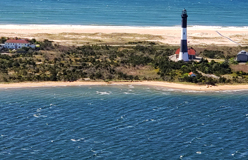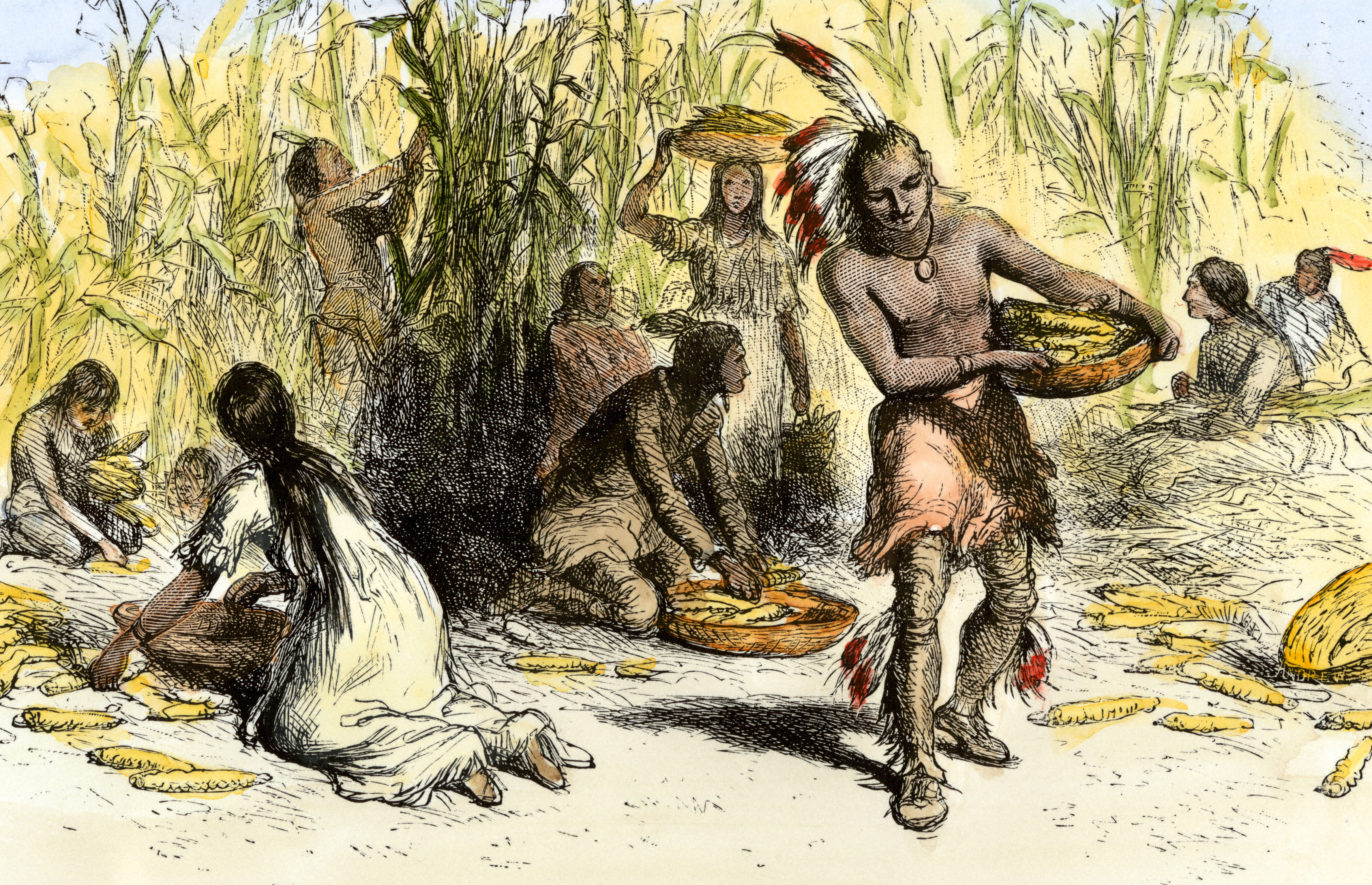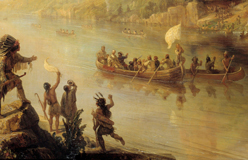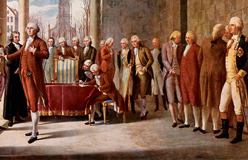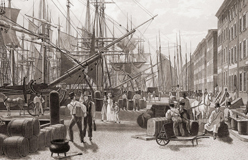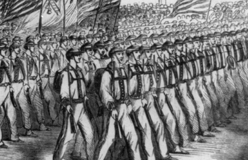Less than 50 years after Christopher Columbus reached North America, explorers searched for a northwest passage to the Pacific Ocean.
It was thought that such a passage would allow ships to reach Asia. That’s where Europeans believed spices could be found easily and cheaply. These explorers never found the passage. But they paved the way for the settlers that followed.
